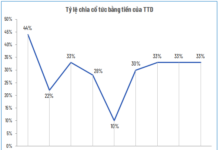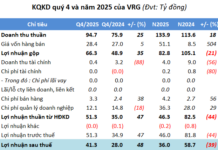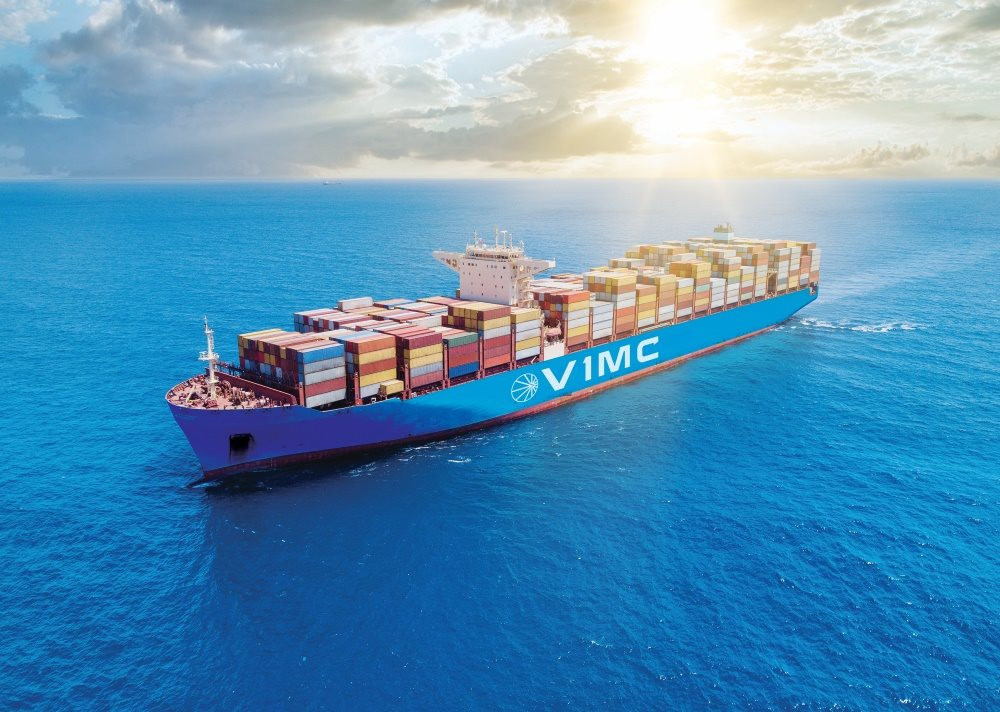
VIMC has transformed from the brink of bankruptcy to a thriving enterprise, boasting revenues in the thousands of billions and ranking among the top 50 most profitable enterprises in Vietnam.
From the Brink of Bankruptcy to Thousand-Billion-Dong Revenue
Similar to the Shipbuilding Industry Corporation (Vinashin, now SBIC), the Vietnam National Shipping Lines (Vinalines, now VIMC) faced significant challenges during the global economic crisis of 2006–2009.
These once-profitable “red-shirt” and “steel fist” enterprises in the maritime industry suddenly became a burden on the economy, with revenues plummeting by tens of thousands of billions of dong and leaving behind massive bad debts for the State.
While SBIC has yet to show promising signs of recovery after years of restructuring, and the government even planned for its bankruptcy in Q1/2024, VIMC has successfully restructured and made remarkable progress.
According to Mr. Le Anh Son, Chairman of the Members’ Council of Vinalines, the main reason for the losses incurred during the period of 2006–2010 was the high purchase price and operating costs of the fleet. As a result, profits have been negative in recent years. Restructuring, rejuvenation, and efficient operation of the fleet were imperative.
In September 2018, VIMC successfully completed its IPO, marking a significant milestone as the management rights over state capital at the Corporation were transferred from the Ministry of Transport to the Committee for Management of State Capital at Enterprises. From this point on, VIMC officially operated as a joint-stock company, with the state as the dominant shareholder.
In the nearly five years since its transfer to the Committee for Management of State Capital at Enterprises, VIMC has gradually recovered and developed. Its main business activities, including seaports and maritime transport, have become increasingly profitable, helping the enterprise halt its continuous losses and escape the risk of bankruptcy faced in the previous period.
While the Corporation incurred losses of up to 18,000 billion dong in the 2011–2015 period, it is estimated to have achieved profits of 9,800 billion dong in the 2015–2022 period. The state-owned equity value has been preserved and promoted.
From 2020 to 2022, VIMC’s total revenue reached 41,850 billion dong, with an average growth rate of 18.7%/year. Annual revenue has consistently exceeded the plan by over 50%. Total revenue in 2022 increased by 38% compared to 2020.
Total profits amounted to 7,359.55 billion dong, with profits in 2022 increasing more than sixfold compared to 2020. VIMC ranked among the top 50 enterprises with the best profits in Vietnam. Tax payments increased by an average of 5.24%/year, meeting the set target of over 5%/year.
Along with the growth in business production and trading results, the Corporation’s scale has also expanded significantly. Total assets grew at an average rate of 5%/year. By June 30, 2023, total assets were estimated at 27,179 billion dong, an increase of 11%; and owner’s equity was estimated at 14,672 billion dong, a surge of 56%.
In the first quarter of 2024, VIMC recorded revenue and after-tax profits of 3,596 billion dong and 479 billion dong, respectively, up 26% and 21% over the same period. Notably, the Corporation successfully cleared nearly 240 billion dong of accumulated losses, with undistributed post-tax profits as of the end of March 2024 reaching 60 billion dong.
Looking back at the five years since its equitization, VIMC has made a remarkable recovery, transforming from a business on the brink of bankruptcy to a thriving enterprise. It has not only repaid debts of tens of thousands of billions of dong but also consistently turned a profit.
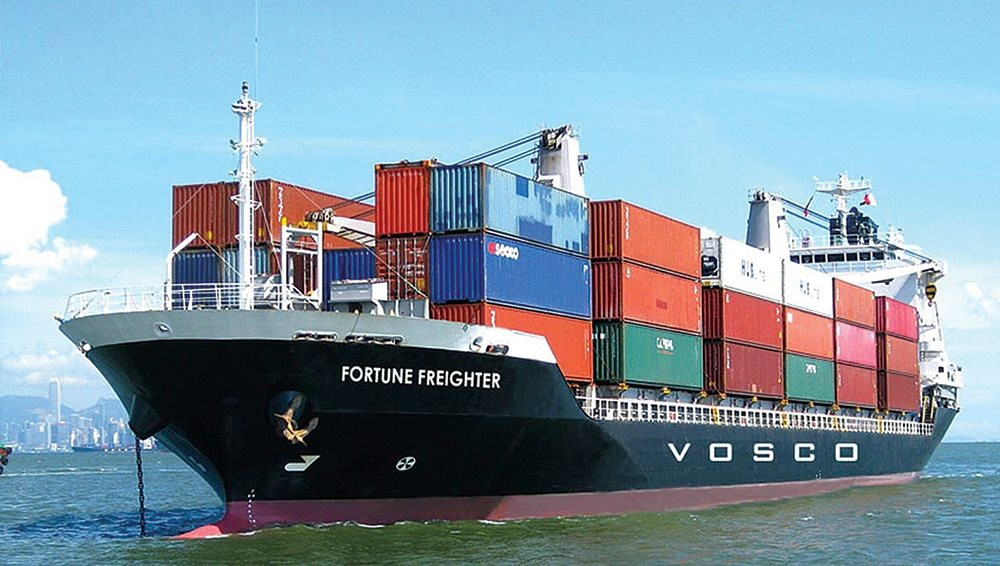
VIMC’s fleet has undergone significant rejuvenation and upgrading compared to the past.
Moreover, VIMC is now the owner of the largest fleet in the country and plays a crucial role in the economy’s transportation sector. VIMC’s fleet accounts for 25% of the country’s total fleet capacity, including large bulk carriers of up to 73,000 DWT. The company transports 60% of Vietnam’s exports and imports annually, contributing to the expansion of the country’s trade with numerous countries and territories.
In addition, the Corporation has 34 member companies, including holdings in 16 seaport enterprises, managing and operating over 13,000 meters of wharves (approximately 30% of the country’s total). Some key ports under its management include Hai Phong Port, Saigon Port, Danang Port, and Quy Nhon Port.
Charting a Course for Increased Charter Capital and Reduced State Ownership to 65%
According to MarketTimes’ understanding, the state shareholder (the Committee for Management of State Capital at Enterprises) currently holds 99.469% of the charter capital of the Parent Company – Vietnam National Shipping Lines Joint Stock Corporation (VIMC, stock code MVN). Therefore, at the 2024 Annual General Meeting of Shareholders, the shareholders passed a resolution to increase VIMC’s charter capital through equity issuance and reduce the state’s ownership in VIMC to 65% of the charter capital.
The goal of this equity issuance and capital increase is to give priority to existing shareholders and issue shares to partners specializing in container transportation to develop this specific type of cargo transportation.
Mr. Nguyen Canh Tinh, General Director of VIMC, stated that according to the Corporation’s development strategy for the period of 2021–2030, with a vision towards 2035, and the production and business plan and investment plan for the five-year period of 2021–2025, which have been approved, the Corporation is in the process of implementing synchronous investment in projects across all three main business areas: deep-sea port systems in Lach Huyen, Lien Chieu, and Can Gio, among others; investment in the development of container fleets and logistics infrastructure, with a total investment of VND 43,196 billion. Of this, the expected disbursement for the period of 2021–2025 is about VND 31,796 billion, and self-funding capital is about VND 12,246 billion.
Meanwhile, VIMC’s current assets are mainly concentrated in fixed assets (fleet) and long-term financial investments.
“Therefore, increasing VIMC’s charter capital is necessary to meet the Corporation’s investment and development needs, seizing opportunities to leverage resources for business expansion (investing in the development of ports for large-capacity vessels, investing in fleet development, increasing capital in companies with efficient production and business operations, etc.), in line with VIMC’s strategic orientation,” said Mr. Tinh.
It is known that according to the equitization plan of the Parent Company – VIMC approved by the Prime Minister in Decision No. 751/QD-TTg dated June 20, 2018, the charter capital of the Parent Company – VIMC is VND 14,046 billion, of which the state shareholder holds 65% of the charter capital. However, due to the failure to sell shares to strategic investors and the low ratio of initial public offering, the current charter capital of VIMC is only VND 12,005.8 billion, with state ownership at 99.469%.
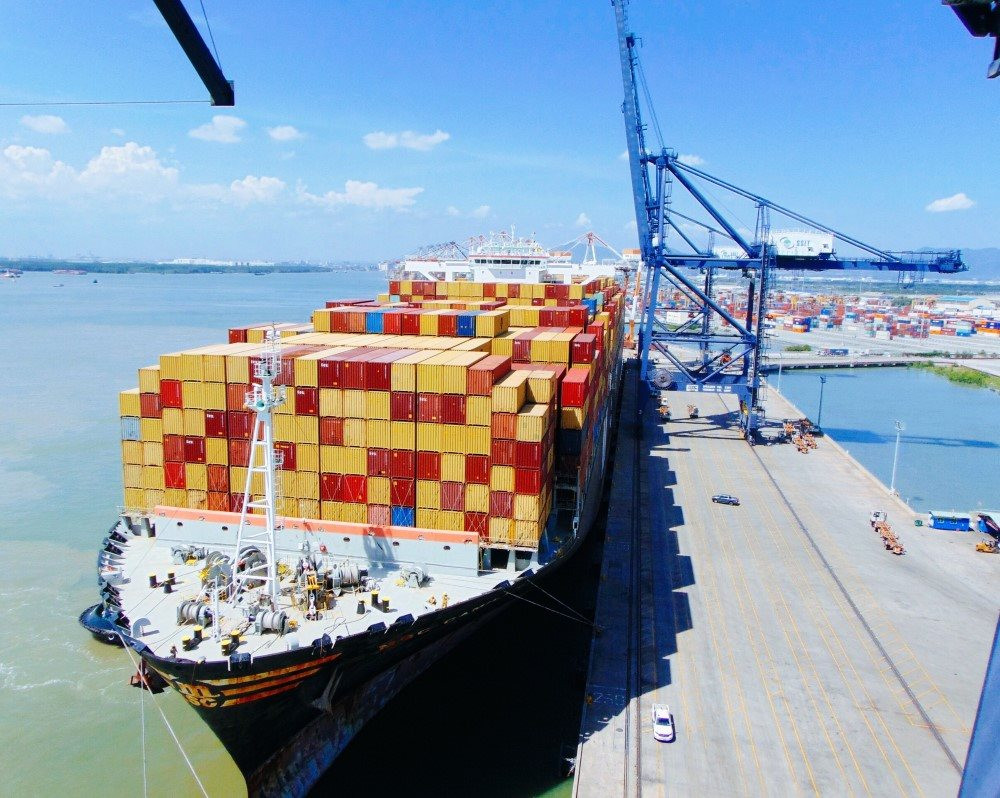
Revenue from the port sector has consistently grown over the years.
Also, at the 2024 Annual General Meeting of Shareholders, VIMC’s shareholders approved the Board of Directors’ proposal to update the Corporation’s restructuring plan for the period of 2021–2025, including the direction to invest in the establishment of a joint venture between VIMC and Aries Energy Corporation (Greece). The joint venture, with a charter capital of USD 200,000, will operate in the field of freight forwarding services, warehousing, and logistics, with VIMC contributing USD 102,000, equivalent to 51% of the charter capital, and Aries Energy Corporation contributing USD 98,000, or 49%.
In the updated restructuring plan for the period of 2021–2025, VIMC will invest in a series of projects to build ICDs/depots in key economic regions, such as the Ninh Giang Inland Port and Logistics Center worth VND 1,394 billion; contribute capital to implement the Cai Mep Ha General and Container Port Project worth VND 15,077 billion (VIMC is expected to contribute 30%); and establish a consortium to implement the infrastructure logistics project in Bac Ninh with a value of USD 22.1 million…
The most extensive bribery case ever in Thanh Hoa: Numerous suspects prosecuted for “Giving and Receiving Bribes”
The Provincial Security Investigation Agency (PSIA) of Thanh Hoa province announced on January 31st that it has made the decision to initiate a prosecution against 23 individuals in connection with the offenses of “Accepting bribes” and “Giving bribes” as stipulated in Article 354(3) and Article 364(2) of the Criminal Code.
“Prosecution of government officials, land registration officers, and tax department employees in the largest bribery case ever”
The Thanh Hoa Police Investigative Agency has initiated legal proceedings against 23 individuals involved in the crimes of “Bribery” and “Receiving bribes”. This is the largest bribery case in terms of the number of suspects ever discovered and apprehended by the Thanh Hoa Police.







